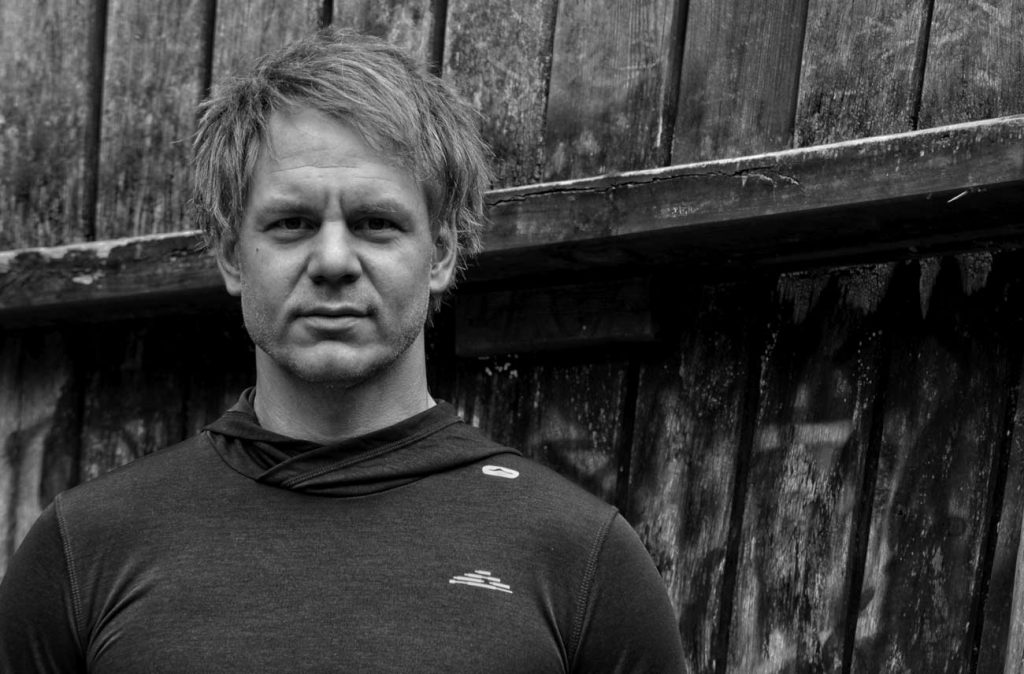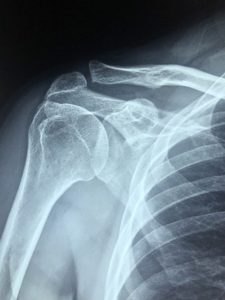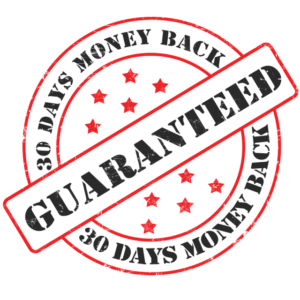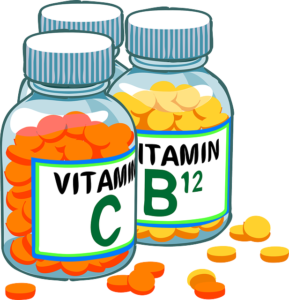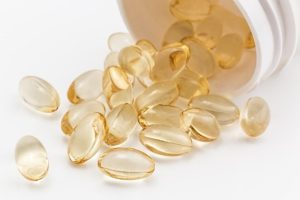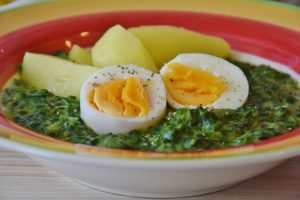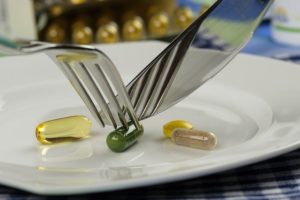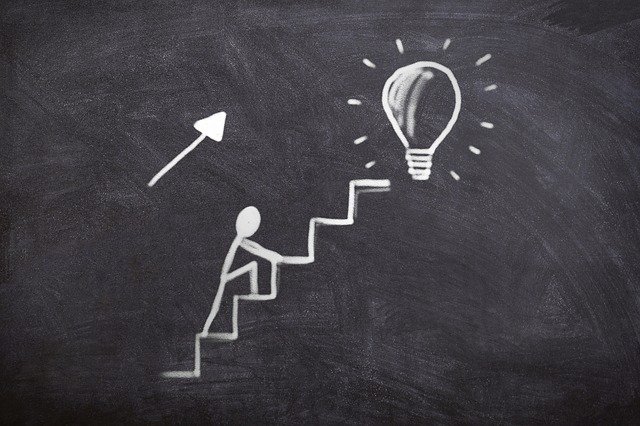The pain relieving expert gives a hint: Rheumatism. Reasons und some solutions.
The term “rheumatism” covers more than a hundred different clinical pictures. Not all those affected are treated correctly or in time. The problem is that the symptoms only gradually creep in and do not worry immediately. In an advanced stage, the course is nevertheless typical:
– Chronic pain in different parts of the body,
– Swelling of the joints with red colouring and
– Damage to organs and the nervous system is common.
The diagnosis of “rheumatism” comes so late for many, because the case has already occurred by then. The earlier “rheumatism” is diagnosed, the better the chances of recovery.
What happens in the case of “rheumatism” in the body? The body’s own immune system is severely attacked by rheumatism and turns against its own body. The immune system has the task of protecting against viruses, bacteria, parasites and environmental toxins. In the case of “rheumatism”, the body’s own security is put out of action. This gets out of control and attacks the body’s own cells.
What follows is then usually:
-medication such as cortisone, various painkillers and sometimes even chemotherapy
-If one drug alone is not sufficient, it can also happen that a combination of different drugs is used.
-In the beginning, the drugs suppress the pain, which initially makes everyday life easier. In the beginning!
However, the cause is not eliminated. An increase in the dose if the desired effect does not occur is not excluded. Patients often also suffer from the side effects of the drugs. The body is already weakened by the rheumatic disease, the side effects make the effects even worse and weaken your body even more. Which, under certain circumstances, leads to more medication, with more side effects and so on and so on….
Any medication that can be saved relieves the body. But how is that possible?
Well, relieving the body so that it can concentrate fully on what its original task is would be a first step:
For rheumatism patients, a “healthy” diet is usually not enough. Medical studies confirm that rheumatic patients also suffer from a deficiency of certain micronutrients. Especially vitamins E, A and C as well as the trace elements selenium and zinc are not sufficiently available. The body fights against inflammation on a daily basis and therefore needs a particularly large number of micronutrients.
In addition, our food today has significantly fewer micronutrients than 30 years ago due to nutrient-poor soils and industrial production methods. It therefore makes sense to support the body in compensating for this deficiency. Or to increase the quality of the food. Or both.
In addition to nutrition, the body’s fuel, exercise – every day – is one of the keys. I have had very good experiences with pain patients, especially those who do my individual exercises very regularly. Especially in the morning, when the body likes to be very stiff.
A sudden worsening of the pain can be greatly reduced. Or the pain has disappeared. That actually happens very often. At the same time a worsening of the condition is prevented. You are welcome to have a look at my post and videos to see what I have written there about pain and the possibilities.
I will gladly answer any questions you may have.
See you next time.
Stay strong.
Matti


